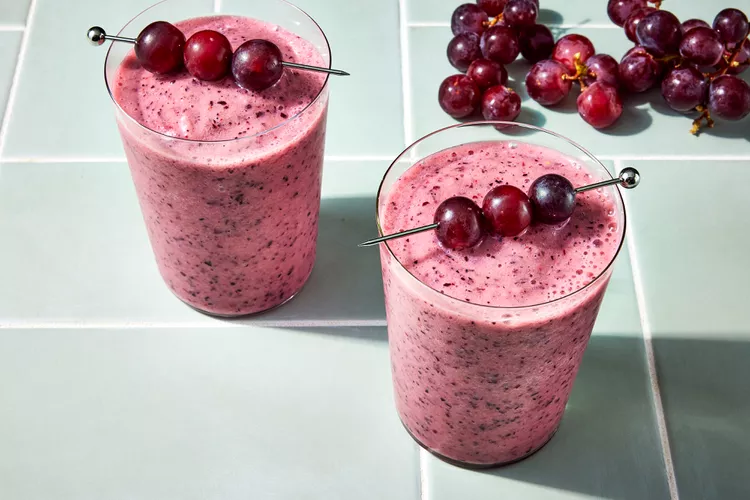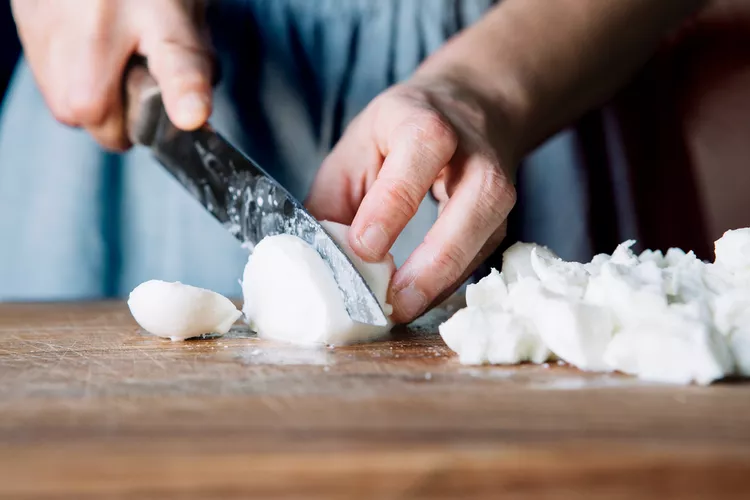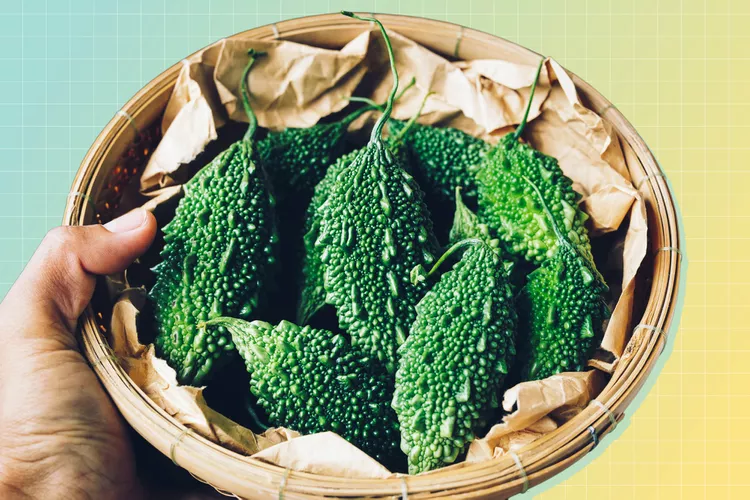For many, roses symbolize romance, sensuality, and luxury, their captivating fragrance instantly recognizable worldwide. Known scientifically as Rosa damascena, this iconic flower has been cherished for centuries, especially in the beauty and wellness industries, where its sweet aroma enriches a wide array of products, from luxurious face creams to enchanting perfumes.
One of the most versatile forms of rose usage is rose water—a delicate liquid crafted by infusing rose petals in water. This ancient elixir isn’t just a beauty secret but also a wellness remedy, with applications in skincare, culinary arts, and holistic health. Historically, the use of rose water dates back to ancient Iran, where it was revered long before the 7th century CE.
Today, rose water remains a staple in modern self-care rituals, offering benefits that range from calming room sprays to indulgent, sweetly-scented baths. Its versatility and soothing properties make it a must-have for anyone seeking a touch of luxury in their daily routine. Curious about how rose water can enhance your lifestyle? Keep reading to explore its numerous health and beauty benefits and discover a simple guide to making it at home.
By incorporating keywords like rose water benefits, how to use rose water, and DIY rose water, this article ensures you’ll find everything you need to elevate your wellness journey.
Contents
Benefits of rose water
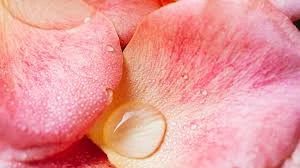
Rose water is celebrated for its medicinal and therapeutic benefits, packed with a rich supply of antioxidants that promote overall wellness. Its versatility makes it a valuable addition to various aspects of health, including:
- Skin Health: Rose water helps to protect skin cells from damage, soothe irritation, and calm redness. It’s particularly beneficial for managing symptoms of skin conditions like acne, eczema, psoriasis, and rosacea, thanks to its ability to inhibit harmful enzymes such as elastase and collagenase.
- Eye Health: Rose water is gentle enough to be used as soothing eye drops, providing relief from tired, irritated eyes.
- Digestive Health: Its natural properties can aid in improving digestion and alleviating discomfort.
- Headache Relief: The cooling and relaxing properties of rose water can help reduce headaches when applied to the forehead or inhaled.
- Infection Prevention: With its mild antiseptic properties, rose water can support the body’s defenses against infections.
- Sore Throat Soothing: Gargling with rose water can help alleviate the discomfort of a sore throat.
- Brain Health and Mood Enhancement: Rose water is known for its potential as an antidepressant and mood enhancer, promoting relaxation and reducing anxiety.
Rose water’s role in skincare is one of its most popular applications. According to aromatherapy expert Kannank Laseeta, natural rose water—free from chemicals—can be used daily on all skin types. Whether you have sensitive, oily, or dry skin, rose water can be applied directly to the skin, making it an ideal addition to your beauty routine. However, if you’re using rose water for the first time, it’s advisable to conduct a patch test to ensure there are no allergic reactions.
Beyond skincare, rose water’s healing properties extend to supporting wound healing and providing relief for minor cuts and burns. Its gentle nature also makes it effective in aromatherapy for enhancing mood and alleviating stress, contributing to mental and emotional well-being.
By incorporating keywords like benefits of rose water, rose water for skin, and how to use rose water, this article ensures a comprehensive guide for anyone looking to harness the full potential of this natural remedy.
Methods of rose water preparation
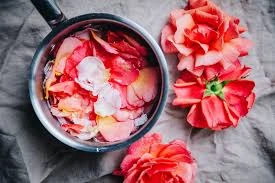
For the best results, use organic rose petals, as they are free from harmful chemicals and pesticides. However, if organic petals aren’t available, ensure the roses you choose haven’t been treated with any pesticides or chemicals. This is crucial for maintaining the purity and safety of your rose water.
The quantity of petals needed will depend on how much rose water you plan to make. Once you’ve gathered your roses, gently separate the petals from the flowers. It’s important to wash the petals carefully with clean water to remove any dirt, dust, or residues of foreign materials. This step ensures that your rose water is as pure and clean as possible.
After cleaning, you’re ready to move forward with either the simmering or distilling method. Both techniques can effectively extract the fragrant essence of roses, but your choice will depend on the tools and time you have available. The simmering method is quicker and more straightforward, while distilling can yield a more concentrated and pure form of rose water.
By including keywords like how to make rose water, DIY rose water preparation, and best rose water methods, this guide offers a detailed, SEO-optimized approach to help you create your own rose water at home.
The simmering method
Supplies Needed for Making Rose Water
To create your own fragrant rose water at home, you’ll need the following supplies:
- 2–3 cups of fresh rose petals, rinsed and cleaned thoroughly
- A wide pot or saucepan for simmering
- A strainer to separate the petals from the liquid
- A glass spray bottle or jar for storage
- 1/2 gallon of distilled water to ensure purity
Step-by-Step Guide to Making Rose Water
- Prepare the Rose Petals: Start by adding your cleaned rose petals to a wide pot or saucepan. Using fresh petals ensures a more vibrant and aromatic rose water.
- Add Distilled Water: Pour in just enough distilled water to cover the petals. Be careful not to overfill, as too much water can dilute the potency of your rose water.
- Simmer Gently: Place the pot on the stove over low heat. The key here is to allow the petals to simmer slowly, releasing their natural oils and fragrance.
- Cover and Simmer: Cover the pot with a lid and let it simmer gently for about 30–45 minutes. The petals will gradually lose their color, indicating that their essence has been fully extracted.
- Cool and Strain: Once the petals have faded, remove the pot from heat and let the rose water cool completely. This step is important to ensure that you get the maximum aroma and benefits from the water.
- Strain the Liquid: Use a strainer to separate the petals from the liquid, pouring the rose water into a glass spray bottle or jar.
- Store Properly: Refrigerate your homemade rose water to keep it fresh. Properly stored, it can last for up to a month, providing you with a natural, soothing toner for your skincare routine or a refreshing mist for your home.
This DIY rose water recipe is simple and allows you to enjoy the numerous benefits of rose water in its purest form. With keywords like how to make rose water at home, rose water recipe, and DIY rose water for skincare, this guide is optimized to help you craft your own batch easily and effectively.
The distillation method
Distillation Method for Making Rose Water
The distillation method is an effective way to produce highly concentrated rose water, resulting in a rich and aromatic extract. This method involves capturing the condensation from the steam, which collects on the underside of the lid and drips into a bowl. While it requires a bit more effort than other methods, the end result is well worth it.
Supplies Needed:
- 2–3 cups of fresh rose petals, rinsed and cleaned thoroughly
- A wide pot or saucepan
- A small heat-proof bowl (metal or ceramic works best)
- 1 cup of ice cubes
- 1/2 gallon of distilled water
Step-by-Step Instructions
- Set Up the Pot: Place a small, heat-resistant bowl in the center of a wide pot. This bowl will collect the condensed rose water.
- Add the Rose Petals: Carefully spread the washed rose petals around the bowl, ensuring none are trapped underneath it.
- Pour in Distilled Water: Add just enough distilled water to submerge the petals. This keeps the rose water pure and ensures optimal extraction of the petals’ essence.
- Invert the Lid and Add Ice: Place the lid on the pot upside down and add the ice cubes to the lid. The ice helps condense the steam into liquid form.
- Bring to a Boil: Heat the pot until the water begins to boil, then reduce the heat to a simmer.
- Maintain the Ice: As the ice melts, continue adding more to maintain the cooling effect. This step is crucial for effective condensation.
- Simmer and Monitor: Let the pot simmer for about 30–45 minutes. Use tongs to carefully lift the lid and check the rose petals. Once they’ve lost their vibrant color, the process is complete.
- Cool and Collect: Allow the rose water to cool completely. Carefully pour the collected rose water from the bowl into a spray bottle or jar.
- Refrigerate and Store: Store your homemade rose water in the refrigerator. Properly stored, it can last up to 6 months, giving you a long-lasting, natural product for various uses.
- Use the Remaining Water: The water left in the pot can also be strained and used similarly to the simmering method, ensuring that none of your rose petals go to waste.
This DIY rose water recipe via the distillation method yields a highly concentrated and aromatic product, perfect for enhancing your beauty and wellness routine. Incorporating keywords like concentrated rose water, distillation method for rose water, and how to make rose water at home, this guide is optimized to help you achieve the best results.
Top of Form
Bottom of Form
The essential oil method
Essential Oil Method for Making Rose Water
The essential oil method is one of the simplest and quickest ways to make rose water, making it perfect for those with limited time. This method results in a product that lasts longer than other homemade versions, but it does have a few downsides. Since it involves rose essential oil, which can be quite expensive, the resulting rose water isn’t suitable for ingestion. However, if your primary goal is to create a fragrant, long-lasting rose water for skincare or aromatherapy, this method is ideal.
Supplies You’ll Need:
- 12 drops of rose essential oil
- 1 tablespoon of carrier oil (choose from coconut, almond, or jojoba oil for the best results)
- 1 cup of distilled water
- A glass spray bottle or jar for storage
Step-by-Step Instructions:
- Mix the Oils: Start by combining the rose essential oil with your chosen carrier oil in a small bowl. The carrier oil helps to dilute the essential oil, making it safe for use on the skin and enhancing the moisturizing benefits.
- Add Distilled Water: Once the oils are well-mixed, pour in the distilled water and stir thoroughly to blend everything together.
- Transfer to a Bottle: Pour the mixture into a glass spray bottle or jar. This step is crucial for preserving the freshness and potency of your rose water.
- No Refrigeration Needed: Unlike other methods, this rose water doesn’t need to be refrigerated. The essential oils act as a natural preservative, allowing you to store it at room temperature for an extended period.
This method is perfect for those who want a quick and easy way to enjoy the benefits of rose water without the time investment of simmering or distillation. Incorporating keywords like easy rose water recipe, rose essential oil method, and long-lasting rose water, this guide is SEO-optimized to help users find a fast, efficient solution for their rose water needs.
Shelf life of rose water
How to Properly Store Rose Water for Maximum Freshness
To maintain its potency and longevity, it’s best to store rose water in the refrigerator or in a cool, dry place. Proper storage helps preserve the delicate properties of rose water, ensuring you get the most out of its natural benefits. Like any natural product, rose water has a limited shelf life, which varies depending on the preparation method.
Shelf Life of Rose Water:
- Distillation Method: Rose water made through the distillation process can last up to 6 months when stored in a sterilized, sealed glass container and kept in the refrigerator. This method produces a more concentrated product, which helps extend its shelf life.
- Simmering Method: Rose water made by simmering typically lasts for about 1 month when refrigerated. Since this method is simpler, the resulting rose water has a shorter lifespan.
Extending Shelf Life with a Preservative:
To make your rose water last even longer, consider adding a natural preservative like vodka. Here’s how you can do it:
- Add Vodka: During the distillation or simmering process, mix in one teaspoon of vodka for every 2 cups of water. Vodka acts as a mild preservative, helping to extend the rose water’s shelf life by preventing bacterial growth.
- Follow the Method: Complete the remaining steps of your chosen preparation method as usual.
- Cool and Store: After preparation, let the rose water cool completely before transferring it to a sterilized glass container. Store it in the refrigerator to maximize freshness and longevity.
By following these tips, you can ensure your rose water remains fresh, fragrant, and effective for as long as possible. This guide, incorporating keywords like how to store rose water, extend rose water shelf life, and preserve homemade rose water, is optimized to help readers make the most of their homemade beauty staple.
How to use rose water
Facial toner
The Versatile Benefits of Rose Water: A Natural Addition to Your Beauty and Wellness Routine
Rose Water Toner
Rose water serves as an affordable and effective alternative to expensive facial toners, especially those containing alcohol, which can dry out the skin. As a natural toner, rose water helps to remove excess oil and impurities while maintaining the skin’s pH balance. Its soothing properties make it ideal for sensitive skin, providing a refreshing cleanse without the harsh effects of synthetic ingredients.
Body Spray
Transform your skincare routine with a rose water body spray. This refreshing mist can rejuvenate and hydrate your skin, leaving behind a delicate floral fragrance. After a shower, spritz it onto your body and follow up with a moisturizer for long-lasting freshness. It’s also effective for soothing rashes and sunburns, offering a cooling sensation that promotes healing.
Room Spray
Bring the soothing scent of roses into your home with a rose water room spray. Spritz it on furniture, curtains, and pillows for a natural, chemical-free air freshener. This gentle scent is perfect for those sensitive to synthetic fragrances, creating a calm and inviting atmosphere.
Hair Spray
Rose water can work wonders for your hair, helping to tame frizz and refresh your scalp. Mix it with oils like coconut, almond, or jojoba, and massage it into your scalp to relax, hydrate, and stimulate hair follicles. Post-shampoo, a rose water rinse can act as a mild conditioner, leaving your hair shiny and sweet-smelling. For a light, natural fragrance, spritz it on your hair before heading out.
Ironing Spray
Enhance your ironing routine by adding rose water to your steam iron. This not only helps to refresh your clothes but also leaves them with a subtle floral scent.
Cocktails and Mocktails
Infuse your drinks with a floral twist by adding rose water. A few tablespoons can elevate the flavor of your cocktails and mocktails, offering a unique sweetness. Just be sure to avoid using rose water made with essential oils if you plan to consume it.
Eye Health
Combat tired eyes with rose water-soaked cotton pads. This natural remedy can help reduce puffiness and fatigue, while also offering relief from eye conditions like dry eye, conjunctivitis, and even cataracts. Its anti-inflammatory properties provide soothing comfort to weary eyes.
Important Considerations
While rose water is generally safe and mild, it’s essential to perform a patch test before widespread use to ensure you don’t have an allergic reaction. Always opt for rose water that is free of harmful additives, and if you’re making your own, be sure to refrigerate it and discard it if there’s a change in scent or color.
Final Thoughts
Rose water is a versatile, natural product that can enhance your beauty and wellness routine. From skin care to mood enhancement, the benefits are vast. Making your own rose water is simple and rewarding, providing you with a homemade product that’s both effective and refreshing.


